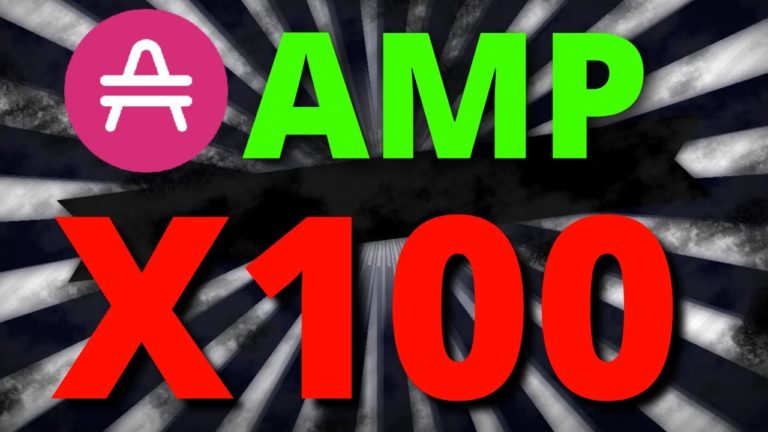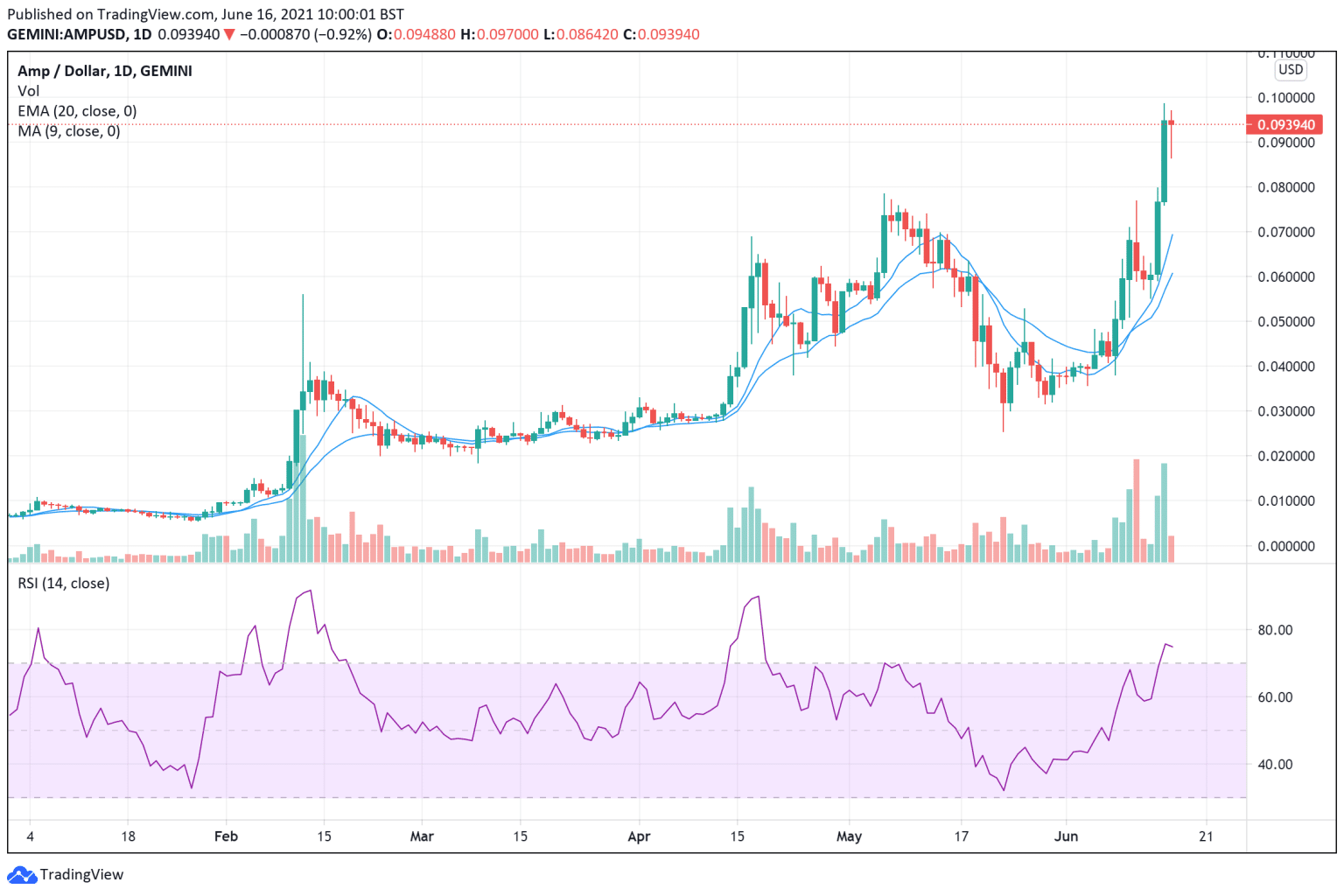

The managers work with collateral partitions to manage smart contract implementations and accept, reject, or redirect token transfers. Collateral managers are smart contracts thatallow the network to lock, release, and reward collateral.For example, the strategy enables users to stake AMP tokens without transferring the tokens out of their original address. Partition strategies are special functionalities within collateral partitions, which are AMP’s subsets with unique addresses that offer collateral for specific purposes.The upgraded token implements new Ethereum technologies such as partition strategies and collateral managers to achieve advanced digital asset collateralization. How Is AMP Different from FXC?ĪMP is an upgraded ERC-20 token designed and developed by Flexa in collaboration with ConsenSys, a company that specializes in blockchain software. Thus, Flexa stopped using FXC in September 2020 and replaced it with AMP, their new and upgraded collateral token. In July 2020, Flexa announced that FXC would be migrating to a new token. If the transaction fails, Flexa will liquidate the FXC to cover the fiat payment. The network uses the FXC as a form of assurance that the network will release fiat to the merchant to finalize the transaction.

Flexa will lock a number of FXC with a value equivalent to BTC debited from the user’s wallet. Suppose a user wishes to pay a merchant a specified amount of Bitcoin ( BTC) during a transaction. To incentivize users to stake their FXC tokens, Flexa Network pays stakers a small percentage of each transaction. The number of FXC staked is equal to Flexa’s payment volume. Anyone with FXC can stake their tokens so that the network can use them as collateral. To support near-instant transactions, Flexa Network relies on its native ERC-20 token FXC. Simplified process of how payments are completed through Flexa (Source: Flexa) Users do not need to pay any fees and only merchants will pay fees to process payments over Flexa’s network.

The merchant then receives the payment in fiat currency and an equivalent value of cryptocurrency is debited from the user’s wallet. Using the Flexa-enabled app, users can send payments in any supported cryptocurrencies via Flexcode to any merchant that supports the network’s functionality. Flexcode: Flexa’s proprietary and backwards-compatible barcode format, which conveys the FPAN and is scannable by standard point of sale barcode readers.Flexible primary account number (FPAN): A one-time authorization for merchants to receive their preferred fiat currency by deducting an equivalent value of cryptocurrency from a consumer’s wallet.The payment process is simple where every Flexa transaction involves two main components: Any interested developer or merchant can integrate Flexa within their own apps or physical stores. Through its Flex Network Protocol ( FNP) and Flexa Capacity, the network provides users with a fraud-proof way to complete digital transactions worldwide almost instantly without foreign exchange conversion fees.įNP is the open-source protocol that Flexa Network uses to finalize cryptocurrency payments almost instantly. Payments take two to five business days to clear, and payment providers may also charge fees such as wire fees and currency conversion fees.įlexa is a decentralized finance ( DeFi) application built on Ethereum ( ETH) that offers a solution to the challenges faced by traditional electronic payment networks. Secondly, cross-border payments are difficult and expensive. A Nilson report expects that card fraud may even increase due to the increasing number of online transactions being made throughout the COVID-19 pandemic. Global card fraud losses reached almost $29 billion in 2019. However, these centralized payment service providers are flawed by many issues.įirstly, card fraud and fraudulent chargebacks are common problems faced by consumers and small businesses. Traditional electronic payment networks such as Visa, Mastercard, and American Express are commonly used worldwide to conduct digital transactions. Currently, AMP trades at $0.059 per token with a circulating supply of 42 billion, for a market cap of $2.5 billion. In September 2020, Flexa replaced FXC with Amp (AMP). Flexacoin (FXC) was the native token used for collateral to temporarily lock in transactions while waiting for finalization on the blockchain.

Launched in December 2018, Flexa provides a set of payment-based integrations and plug-ins that supports instant cryptocurrency payments to retailers.


 0 kommentar(er)
0 kommentar(er)
